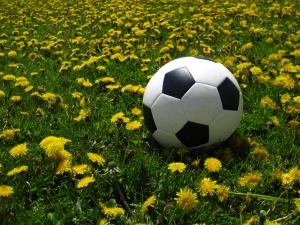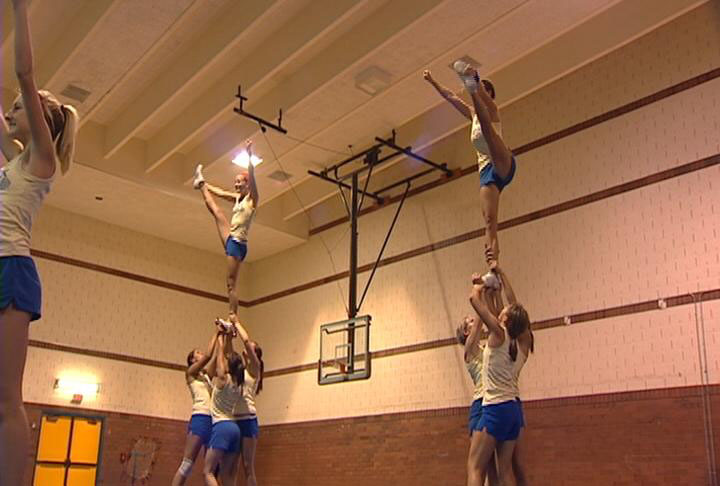 School sports waivers are commonplace in the life of a parent, but what exactly is signed away when you sign one? Have you ever taken the time to read the fine print? For example, as reported recently in an MSNBC article, did you know that thousands of high school sports waivers state that your child may lose the ability to “generally enjoy life” and that those damages may not be recovered in a subsequent legal case.
School sports waivers are commonplace in the life of a parent, but what exactly is signed away when you sign one? Have you ever taken the time to read the fine print? For example, as reported recently in an MSNBC article, did you know that thousands of high school sports waivers state that your child may lose the ability to “generally enjoy life” and that those damages may not be recovered in a subsequent legal case.
In order to discuss the sweeping terms of such school sports waivers it is best to start with a brief discussion of personal injury damages. As most San Diego personal injury lawyers will tell you, when someone is injured and blame is assignable to the defendant, various damages may be available. For example, the defendant may have to pay for the injured person’s medical expenses or for their future lost wages. These constitute “economic damages.” Beyond economic damages, some awards can also include non-economic damages, often referred to as “general damages” and primarily consisting of “pain and suffering” damages. The theory behind general damages is to compensate the injured party for physical, mental, and emotional suffering and/or distress from the incident.
Pain is the physical component of general damages. Pain damages can be awarded when the plaintiff suffers a broken bones, concussions, and permanent impairments. To show pain often the injured person’s testimony, medical records, and doctor testimony are used as evidence. The amount of compensation for pain is usually based on the nature, extent, and duration of the pain.
 North County San Diego Injury Lawyers
North County San Diego Injury Lawyers


 In Justin Williams’ case, the allegations are that the coach’s method of punishment was the cause of Williams’ injuries. However,
In Justin Williams’ case, the allegations are that the coach’s method of punishment was the cause of Williams’ injuries. However, 






